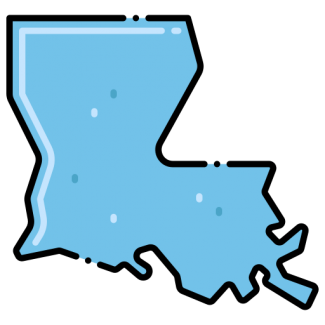Even though access to medical cannabis has increased significantly in recent years, marijuana continues to be listed as a Schedule I drug by the federal government. By definition, a Schedule 1 drug comprises "no currently accepted medical use in treatment in the United States". The majority of states have legalized the medicinal use of marijuana, so it seems contradictory that the plant would continue is to be listed within the Schedule 1 category. To examine this mystery let’s enter our magical marijuana time-machine, and travel back to 1914.
In 1914, the same year WWI broke out, the Harrison Narcotics Tax Act was passed. The main objective of this act was not to criminalize drug users and dealers, but to control the drug market. Now, there is a clause in the act which states that medical professionals can prescribe substances such as heroin, opium, morphine, and cocaine “in the course of his professional practice only.”. The issue with this clause was that medical professionals were prescribing drugs to addicts, and addiction was not classified as a medical condition at the time. Simply put, medical professionals were breaking the law. Many lost their jobs, some were incarcerated, a great fear over prescribing narcotics ceased medical professionals which opened the gates of the black market. Since black market drugs were expensive and drug addicts were desperate, they resulted in crime to support their habits. Drug addiction was quickly connected to serious crimes and pesky diseases.
Let’s fast forward to 1930’s. The stigmatization of drug users and dealers has been established by this time. Henry Jacob Anslinger steps into the picture. In 1930, he became the commissioner of the newly established Federal Bureau of Narcotics. In the early 30’s, the end of alcohol prohibition was directly succeeded by the vicious demonization of marijuana. Films such as “Reefer Madness”, supported by Anslinger, clearly show the tactics used to convince the public and Congress of the evils of marijuana. Finally, in 1937, Anslinger's measures culminated in the passage of the Marihuana Tax Act 1937, which virtually prohibited marijuana on the federal level. Later, the Boggs Act 1951, and the Narcotic Control Act 1956 intensified the penalties for possession and sales of cannabis. Finally, in 1961, Anslinger proposed the Single Convention on Narcotic Drugs in the UN, which was signed by the majority of countries, which marks the beginning of the worldwide cannabis prohibition. In 1970, the Controlled Substances Act signed by Nixon created a scheduling system for drugs, in which cannabis became a Schedule 1 narcotic.
Based on this background, let’s investigate why cannabis remains a Schedule 1 drug.
Many assert that Big Pharma are the ones preventing cannabis from becoming federally legal. Logically it makes sense, because cannabis could potentially replace pharmaceutical anti-depressants, pain relievers, and sleeping pills, which together constitute the majority of drugs prescribed. Therefore, the illegality of cannabis greatly benefits Big Pharma. Although, if cannabis has such an immense market potential, why doesn’t Big Pharma jump on the wagon? Well, plants are hard to patent, because their chemical composure varies greatly between phenotypes, although there is a controversial patent proposal nr. 6,630,507, which attempts to patent the plant. Now, can’t Big Pharma simply open up cannabis dispensaries and make billions in profits? They definitely could, so how does it make sense that Big Pharma are not doing everything in their power to open up a profitable market? Well, one could say that curing medical conditions and diseases is not a part of Big Pharma's business plan.
With regards to the beginning of marijuana prohibition, many believe that William Randolph Hearst, who owned a media empire during the 30’s, had great investments in the wood pulp industry with other characters such as Andrew Mellon, du Pont, and Anslinger. Cannabis posed a threat to their industry, hence they were protecting their investments by prohibiting the plant. Although, one could make the logical argument that if these corporate giants recognized that cannabis was a better investment, they would've clearly shifted direction. One could also argue that we need to point fingers at conspirators, because it's difficult to accept the facelessness of capitalism. The most legitimate theory why cannabis was prohibited, is simply because back in the 30’s alcohol prohibition needed to be replaced with something else, institutions had tasks to fulfill, and that's that. The media smear campaigns, racist attitudes, basically anything that could be used to prohibit marijuana was used.
There are many heated debates and discussions surround the topic of marijuana prohibition. Although, let's conclude that cannabis by definition does not belong as a Schedule 1 drug. We need to inform the public regarding the vast benefits of cannabis on various medical conditions, which will catalyze research surrounding the plant's properties and move our society forward. If we all unite to make marijuana federally legal, it will happen.
























